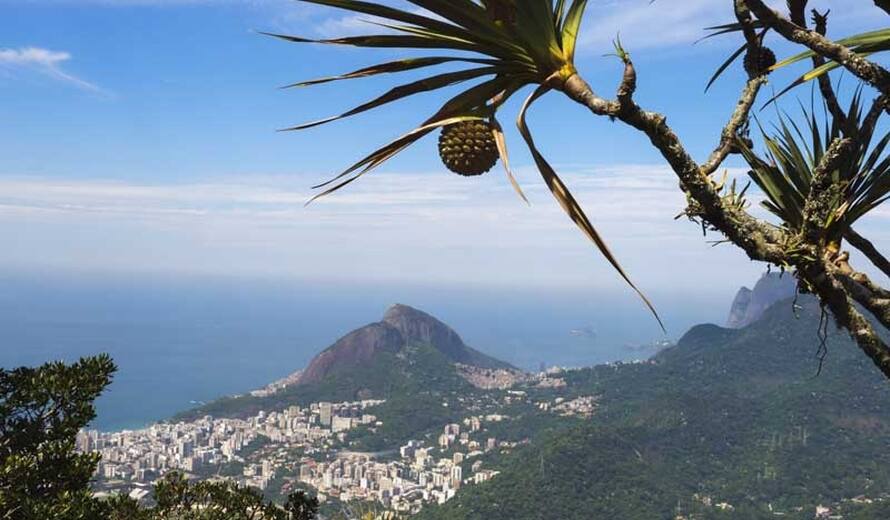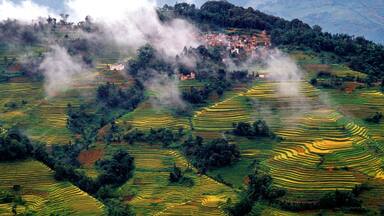International Day of Forests 2018: Forests and Sustainable Cities
Forest ecosystems are home to the vast majority of the world’s terrestrial species, but they are also under the greatest pressure from human activities. Ranging in size from the Vallée de Mai, Seychelles (18 hectares), to Lake Baikal, Russian Federation (8.8 million hectares), World Heritage forest sites have a total surface area of over 75 million hectares, or 1.5 times the surface area of France.
But forests are also part of our urban lives, and we are making more efforts to protect the green areas of our cities, and appreciate them as part of the living, breathing fabric of sustainable urban areas. Protecting cultural and natural elements are both critically important for sustainable cities, as pointed out in the World Heritage and Sustainable Development policy, and the Recommendation on the Historic Urban Landscape.
We often live side-by-side with forested areas. Blue and John Crow Mountains National Park is a rugged and extensively forested area at the edge of Kingston, Jamaica (population 580,000). The park protects an area of 48,600 hectares, and is the source of drinking water for 40 per cent of Jamaica’s 3 million people, as well as water for agriculture and industry.
Tijuca National Park is an urban protected area covering some 4,000 hectares of mountains within the cultural landscape of Carioca Landscapes, Rio de Janeiro, Brazil. Rio is nicknamed the Cidade Maravilhosa (Marvellous City), mainly because of its stunning natural setting between an almost landlocked harbour, renowned beaches such as Copacabana and Ipanema, and Tijuca’s mountains.
Becoming more aware of the green spaces where we live, and the need to protect them, will help us to contribute to caring for them even as our lives and cities evolve.
Mechtild Rössler
Director
UNESCO World Heritage Centre

